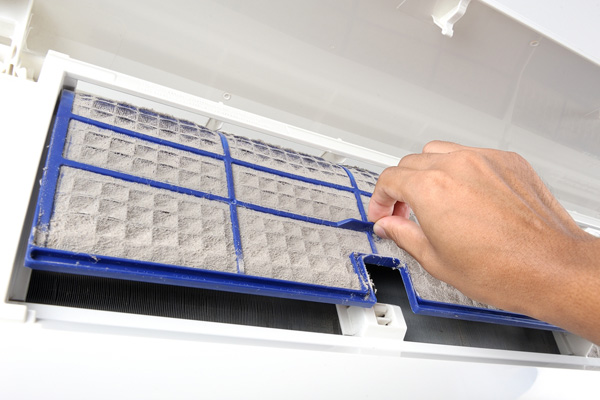
In the majority of cases, homeowners dealing with the periodic need to update furnace filters that have become dirty are working with what are known as replaceable filters. These are meant to be one-time-use filters that work in your system for between one and three months, in most cases, and then are disposed of and replaced with a new one.
However, some homeowners may prefer to utilize an alternative type of basic HVAC filter: The washable filter. As the name indicates, this type does not need to be replaced — rather, it needs periodic cleaning from the homeowner to ensure it doesn’t build up too much dust or other contaminants. What are the pros and cons of using washable filters instead of removable ones, and how might an air quality professional help you not only decide between them, but also maintain these and other important HVAC areas? Here’s a rundown.
General Benefits of Washable Filters
Here are a few reasons why some homeowners prefer washable filters to removable options:
- No need to stock up: While those who use removable filters must always have a stock of them on hand to ensure that their HVAC works properly, those who use washable filters can simply wait for their system to need new filters before cleaning existing ones. They can easily set a schedule where they clean the same amount of time every month or so, and plan accordingly for this in terms of stock on hand or ordering needs.
- Cost savings: Down related lines, instead of spending money repeatedly on removable HVAC filters, those who opt to use washable filters are putting this money toward one larger cost whenever the time to clean comes around. Thus, homeowners using these can save some cash on ongoing filter replacement.
- Reduced waste: And because you won’t be throwing out, say, four or five dirty filters at once after a month’s use, you won’t be creating quite the same volume of disposable trash. This is great for areas where environmental awareness comes into play, and your local municipality may even have specific recycling guidelines when it comes to HVAC-related waste products.
Downsides of Washable Filters
On the flip side, there are definitely some good reasons why washable filters are not as popular as their removable counterparts, including:
- Lower efficiency: Most washable filters come with the lowest ranges of MERV numbers, including four and five. As you might know, lower MERV numbers mean the filters are less efficient at blocking airborne particles. So while this type of filter will work to protect your system from dust, for example, it won’t do as good a job at helping clean the air in your home — which means less protection overall against allergies and asthma, plus other contaminants. Removable filters, on the other hand, have much higher MERV capabilities.
- Greater maintenance required: Removable filters are generally pretty simple to change out on your own, but washable ones require some extra TLC. That means you’ll need to take them entirely apart and clean every piece, then re-assemble before putting them back in place. Some homeowners simply don’t want to do this regularly, and opt for removable options.
- Mold and mildew: If even minor errors are made during the cleaning process for washable filters, such as not letting them dry for long enough, they can grow mold or mildew. And left alone, these will eventually make their way back into your system and cause major problems — potentially even leaks, which are costly to repair.
As you can see, there are both benefits and potential drawbacks in using a washable HVAC filter instead of a more common removable option. Keep these themes in mind as you select between these for your needs.

